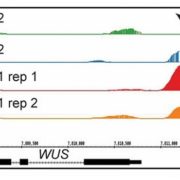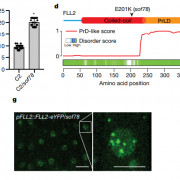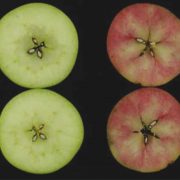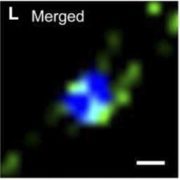4D root gene expression
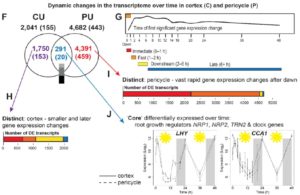 It becomes more and more clear that regulation of complex traits and processes, such as root growth and lateral root growth, involves not only gene expression quality (which genes are expressed), quantity (how much transcript is present) and space (in which cell-type transcripts are accumulating) but also time plays an important role. Walker et al. investigated root cell-type specific transcriptomic responses to external stimuli with a unique high-resolution time series. By coupling fluorescence-activated cell sorting (FACS) with microarray analysis, the authors were able to follow cortex and pericycle gene expression over 14 time points during 48 hours of treatments (nitrogen or rhizobia). Among the main results, they found out that individual transcripts are expressed with a very high degree of temporal and spatial specificity, but surprisingly biological processes are commonly regulated. Nevertheless some ‘core’ genes coordinate changes both in cortex and pericycle, mainly connected to circadian clock. The authors summarize, “This reinforces that the activity of a gene cannot be defined simply as molecular function; rather, it is a consequence of spatial location, expression timing and environmental responsiveness.” (Summary by Marco Giovannetti). Plant Cell 10.1105/tpc.16.00961
It becomes more and more clear that regulation of complex traits and processes, such as root growth and lateral root growth, involves not only gene expression quality (which genes are expressed), quantity (how much transcript is present) and space (in which cell-type transcripts are accumulating) but also time plays an important role. Walker et al. investigated root cell-type specific transcriptomic responses to external stimuli with a unique high-resolution time series. By coupling fluorescence-activated cell sorting (FACS) with microarray analysis, the authors were able to follow cortex and pericycle gene expression over 14 time points during 48 hours of treatments (nitrogen or rhizobia). Among the main results, they found out that individual transcripts are expressed with a very high degree of temporal and spatial specificity, but surprisingly biological processes are commonly regulated. Nevertheless some ‘core’ genes coordinate changes both in cortex and pericycle, mainly connected to circadian clock. The authors summarize, “This reinforces that the activity of a gene cannot be defined simply as molecular function; rather, it is a consequence of spatial location, expression timing and environmental responsiveness.” (Summary by Marco Giovannetti). Plant Cell 10.1105/tpc.16.00961



